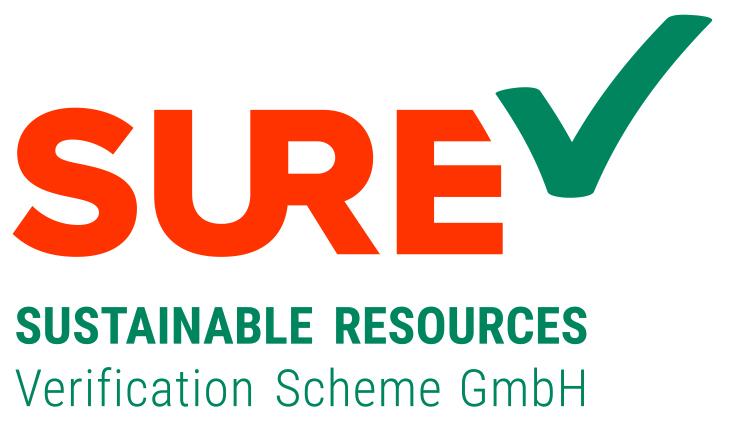Understanding the Controversy: The “White Genocide” Narrative in South Africa
In recent years, the claim of a so-called “white genocide” in South Africa has gained momentum within certain political factions, often propelled by influential personalities aiming to spotlight alleged systematic violence against white communities. Former U.S. President Donald Trump notably amplified this narrative by sharing misleading videos and images that distort the reality on the ground. A prominent example includes footage originating from the Democratic Republic of Congo (DRC), which Trump circulated as evidence of attacks on white South African farmers-despite having no direct connection to South Africa’s situation. This article delves into how such misrepresentations warp public understanding and highlights the intricate racial and social dynamics at play in Southern Africa, cautioning against oversimplified and inflammatory interpretations.
Deconstructing False Claims: How Trump’s Visuals Fueled the “White Genocide” Myth
Donald Trump’s use of emotionally charged imagery has been central to promoting fears about an alleged “white genocide” occurring in South Africa. By blending unrelated violent incidents from countries like Congo with local events, his messaging blurs critical distinctions between separate geopolitical contexts. This tactic not only exaggerates threats but also misleads audiences into believing there is a coordinated campaign targeting white populations specifically.
Key methods employed include:
- Emotional Exploitation: Graphic visuals are used deliberately to provoke fear and reinforce racial anxieties.
- Context Stripping: Videos are detached from their original settings-such as conflict zones outside South Africa-resulting in distorted perceptions.
- Simplification of Complex Realities: Diverse incidents across multiple nations are merged into one narrative, ignoring nuanced socio-political factors unique to each region.
These approaches create a misleading storyline that preys on existing prejudices while obscuring deeper issues like land reform debates, crime rates affecting all demographics, and historical inequalities within South African society.
The Broader Impact: Distorted Media’s Role in Shaping Race Relations and International Views
The selective use of imagery significantly influences how both domestic audiences and international observers perceive race relations in South Africa. Misattributed videos shared by high-profile figures contribute to an atmosphere charged with suspicion and hostility among communities already grappling with complex social challenges.
According to recent analyses by media watchdogs such as Al Jazeera English (2024), these false narratives risk:
- Escalating Social Divisions: Heightened mistrust between racial groups undermines efforts toward reconciliation.
- Misdirected Policy Responses: Policymakers may react based on inaccurate data or sensationalized reports rather than grounded evidence.
- Diplomatic Strains: International partners might question stability or human rights conditions unfairly due to skewed portrayals.
For instance, CBS News highlighted how conflating unrelated violent events inflates fears disproportionately compared with actual crime statistics-which show that farm attacks affect various ethnic groups without evidence supporting claims of targeted extermination campaigns.
Combating Misinformation: Strategies for Promoting Accuracy and Critical Media Literacy
The spread of misinformation surrounding sensitive topics like race-based violence demands proactive measures aimed at fostering informed discourse. The misuse of footage-from Congo being falsely linked to South African farm attacks-is emblematic of broader challenges facing media consumers today.
Effective countermeasures include:
- Media Literacy Education: Empowering individuals with skills to evaluate source credibility, verify context, and recognize manipulative content.
- Robust Fact-Checking Initiatives: Supporting independent organizations dedicated to scrutinizing claims made by public figures before they gain traction online.
- Curation Algorithms for Social Platforms: Encouraging technology companies to prioritize verified news stories over sensationalized or unverified posts through improved AI moderation tools.
- Cultivating Open Dialogue About Ethics: strong > Facilitating conversations around responsible journalism practices and societal impacts stemming from misinformation dissemination. li >
ul >Below is a summary table illustrating some recent contested claims alongside their verification outcomes:
Narrative Claim Sourced From Status After Verification “White genocide” occurring in South Africa Donald Trump < td >Misleading due to lack of contextual accuracy td > tr >< tr >< td >Video showing violence attributed incorrectly from DRC td >< td >Social media post td >< td >False origin; unrelated eventFinal Thoughts: Upholding Responsible Discourse Around Sensitive Social Issues
In summary, the distortion surrounding allegations of “white genocide” underscores significant concerns about misinformation’s role within political rhetoric today. Former President Trump’s circulation of deceptive videos-including those sourced erroneously from regions outside South Africa-exemplifies how visual manipulation can inflame tensions unnecessarily.
As global conversations evolve regarding race relations and justice across Southern Africa-a region marked by its own unique history-it remains imperative for leaders, media outlets, and citizens alike to prioritize factual integrity over sensationalism. Engaging critically with information sources fosters greater understanding while helping bridge divides rather than deepen them.
With digital content spreading rapidly worldwide-as seen during recent elections where disinformation campaigns influenced voter perceptions-the commitment toward transparent reporting combined with open dialogue becomes essential for nurturing unity amid diversity.

